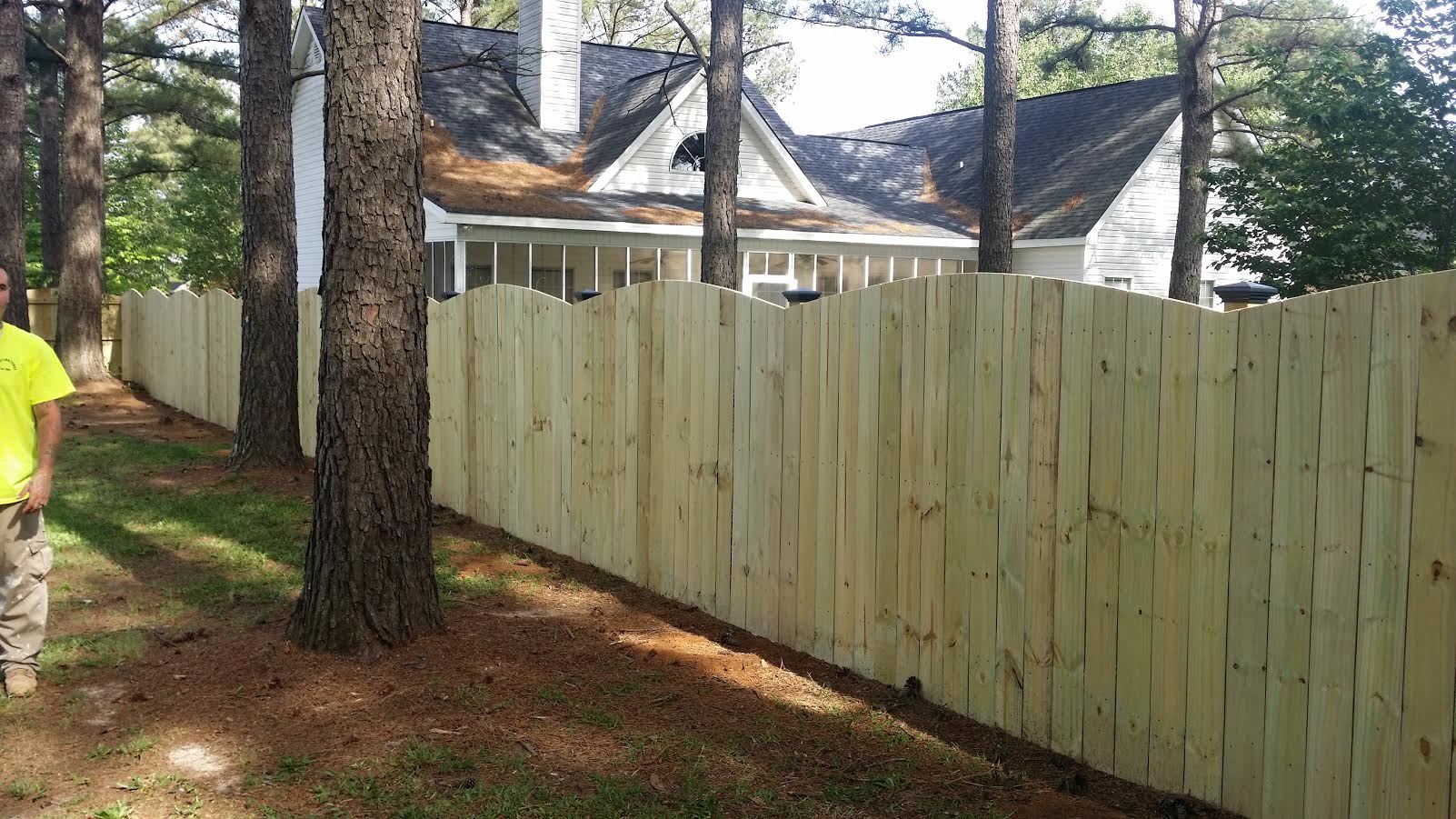Exactly How to Pick the Right Fence Discoloration for Your Residential Or Commercial Property
When it comes to boosting the look and resilience of your building's fencing, picking the appropriate tarnish is an important decision that needs mindful factor to consider. Exactly how can you ensure that you select the best fencing tarnish that lines up with your property's style and maintenance needs?
Comprehending Timber Kind
To choose the proper fencing tarnish, it is vital to have a comprehensive understanding of the numerous types of wood generally made use of for fence. When choosing a fence stain, it is important to think about the kind of timber being made use of to make certain compatibility and optimum defense. Recognizing the features of various timber kinds will help you make an educated choice when it comes to picking the ideal fence stain for your property.
Choosing the Right Shade
Picking an appropriate shade for your fencing tarnish is a critical decision that substantially influences the general aesthetic appeal of your residential or commercial property. The color you pick must complement the design of your home, mix sympathetically with the environments, and mirror your individual taste. When selecting a color, think about the existing color palette of your home. For a natural appearance, earthy tones like browns, environment-friendlies, or grays work well. These colors can aid the fencing blend right into the landscape and produce a cohesive look. If you favor an even more contemporary or bold appearance, consider choosing darker shades like black or deep charcoal for a striking contrast. Lighter colors such as whites or light grays can make a fencing show up larger and add a touch of style to your residential or commercial property. Ultimately, the best color option will certainly enhance the beauty of your fencing and raise the overall curb allure of your home.

Thinking About Transparency Levels
When picking the appropriate shade for your fence tarnish, an additional crucial element to think about is the level of openness that will certainly best suit your home's aesthetic and upkeep needs. Transparency degrees in fencing stains usually drop into three groups: clear, semi-transparent, and solid. Think about the degree of direct exposure your fence deals with, the desired maintenance regularity, and the aesthetic you want to achieve when choosing the right transparency level for your fence stain.
Examining Upkeep Requirements
Considering the durability and upkeep of your fencing, evaluating the maintenance needs is vital in establishing the most appropriate fencing stain for your residential or commercial property. The degree of maintenance needed for your fencing can vary relying on elements such as the sort of timber, weather in your area, and your individual choices.
When evaluating upkeep needs, it is vital to think about the sturdiness of the fence stain. Some stains require even more regular reapplication than others, so selecting a discolor with a longer life expectancy can aid decrease the general upkeep demands of your fence (Fence Staining). Additionally, factors such as resistance to UV rays, water, and mildew can affect just how typically you require to re-stain your fence

Checking Samples Before Application
Prior to using any type of fence discolor, it is advisable to perform sample examinations to ensure compatibility with the timber and preferred visual outcome (Fence Staining Near Me). Evaluating examples enables you to analyze how the stain will certainly communicate with the specific sort of wood utilized in your fence, as different timbers can take in discolorations differently. To begin, pick a little unnoticeable location of the fence to apply the stain samples. It is recommended to test several stain options on this area to contrast shades and finishes. Take into consideration just how the tarnish looks when completely dry, as it may show up different from its wet application. Additionally, observe just how the tarnish matches the existing aspects in your outdoor space, such as landscape design read more or the shade of your home. Remember of exactly how the stain holds up to weather conditions like sunshine and moisture. By examining examples before full application, you can make an informed choice that boosts the total appearance of your residential or commercial property while securing the wood successfully.
Verdict
To conclude, selecting the proper fence stain for your residential property involves recognizing the wood kind, choosing the right shade, thinking about openness degrees, assessing upkeep requirements, and screening samples before application (Fence Staining). By taking these aspects right into consideration, you can ensure that your fencing stain complements your residential property while supplying the needed security and sturdiness. Make a notified decision to enhance the appearance and longevity of your fence
 Ben Savage Then & Now!
Ben Savage Then & Now! Devin Ratray Then & Now!
Devin Ratray Then & Now! Yasmine Bleeth Then & Now!
Yasmine Bleeth Then & Now! Charlie Korsmo Then & Now!
Charlie Korsmo Then & Now! Barbi Benton Then & Now!
Barbi Benton Then & Now!